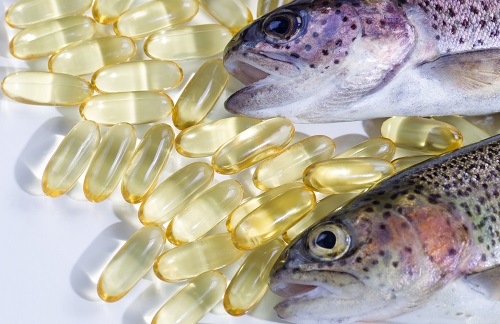Peruvian anchovy TAC highest since 2011

Peru approved a TAC for 2018 above 5 million tonnes, the highest since 2011. Landings of raw material have been quite positive, leading to a production of fishmeal of approximately 1.4 million tonnes. Fishmeal prices have been stable recently, but the price is expected to be slightly lower soon.
Production
In November 2018, the Peruvian government set the TAC for the second anchovy fishing season in the north and central region at 2.1 million tonnes. This season would end when the total quota is reached or upon the recommendation from the Marine Institute of Peru. A combined quota for the two seasons of 2018 reached 5.42 million tonnes, the highest since 2011, which confirms the normalization of climate conditions and favourable biomass of anchovy on that coast.
The quota was almost fully fulfilled and therefore there is a good supply of fishmeal and fish oil products on the global market. An estimated 1.4 million tonnes of fishmeal has been produced in Peru in 2018, up by more than 90 percent comparing with 2017. Peru also more than doubled its output of fish oil to 227 000 tonnes in 2018, from approximately 102 000 tonnes in 2017. The TAC allocated in the past eight years, only in the central-north region in Peru. Reduction fisheries in Chile and Iceland also reported growth in 2018. Landings of raw material in Chile increased by around 10 percent compared with 2017. These together with salmon trimmings were used to produce a total of 378 000 tonnes of fishmeal, representing a 21 percent increase year on-year. Fishing quotas for small pelagics in Iceland have been achieved successfully, with landings of Icelandic herring reported at half of the set quota. The total yield of fish oil from Denmark and Norway increased by 18 percent to 75 000 tonnes in 2018, from 64 000 tonnes in 2017.
Export
In 2018, Peru confirmed its leading role with more than 950 000 tonnes of fishmeal exports during the first three quarters of the year. That amount was similar to the exports of 2017, but more than 70 percent higher than during the same period in 2016.Over 80 percent of the Peruvian exports were destined for China. Japan and Viet Nam absorbed 4 and 3 percent, respectively. According to the newly released statistics from FAO in 2018, Asian countries contributed to more than 90 percent of the global aquaculture production. This statement is further substantiated by the trade flow of fishmeal that was the main component of the feed.
Chile and Denmark, as always, were the second and third largest exporters of fishmeal during the first nine months of 2018. Chile exported mainly to the Asian market, whereas Danish produce was mainly consumed by its neighbouring countries.
Peruvian exports of fish oil reached 173 000 tonnes in the first three quarters of 2018, some 18 percent more than in the same period of 2017. Denmark, as the second largest exporter, shipped over 70 percent of its fish oil products to Norway, for the salmon farming industry there.
Markets
Chinese imports totalled more than 1 million tonnes during the first three quarters of 2018, approximately 72 percent of which were supplied by Peru. Shipments from China’s neighbouring countries have increased, in particular Viet Nam and Thailand. Their proportion during the review period was approximately 20 percent in 2018, in contrast to less than 1 percent a decade ago. The biggest importer of fish oil products, Norway, imported roughly the same amount as in 2017 during the first nine months, around 134 000 tonnes, supplied mostly by Denmark, Peru and Iceland.
Price
Since late November 2017, fishmeal price has increased as a result of market fear triggered by a suspended second fishing season in Peru. After the commencement of the first fishing season of 2018, price began to normalize, with a soft downward trend, due to several factors. First, fishmeal stocks held in China have reached a high point which in turn prevented Chinese buyers from purchasing more in case demand lowers. Second, African swine fever occurrences in China could be impacting fishmeal imports, as it is widely used in piglet farming.
Outlook
The lack of El Niño and good biomass of Peruvian anchoveta improved global fishmeal supply during 2018. The positive production situation is believed to continue in 2019. The stocks in Chinese ports are high, which could have a downward pressure on fishmeal price, but to what extent is yet unclear. In the short term, the price of fishmeal and fish oil may gradually decline or stabilize at current levels, but in the long term, price correction will take place based on the supply and demand balance.

